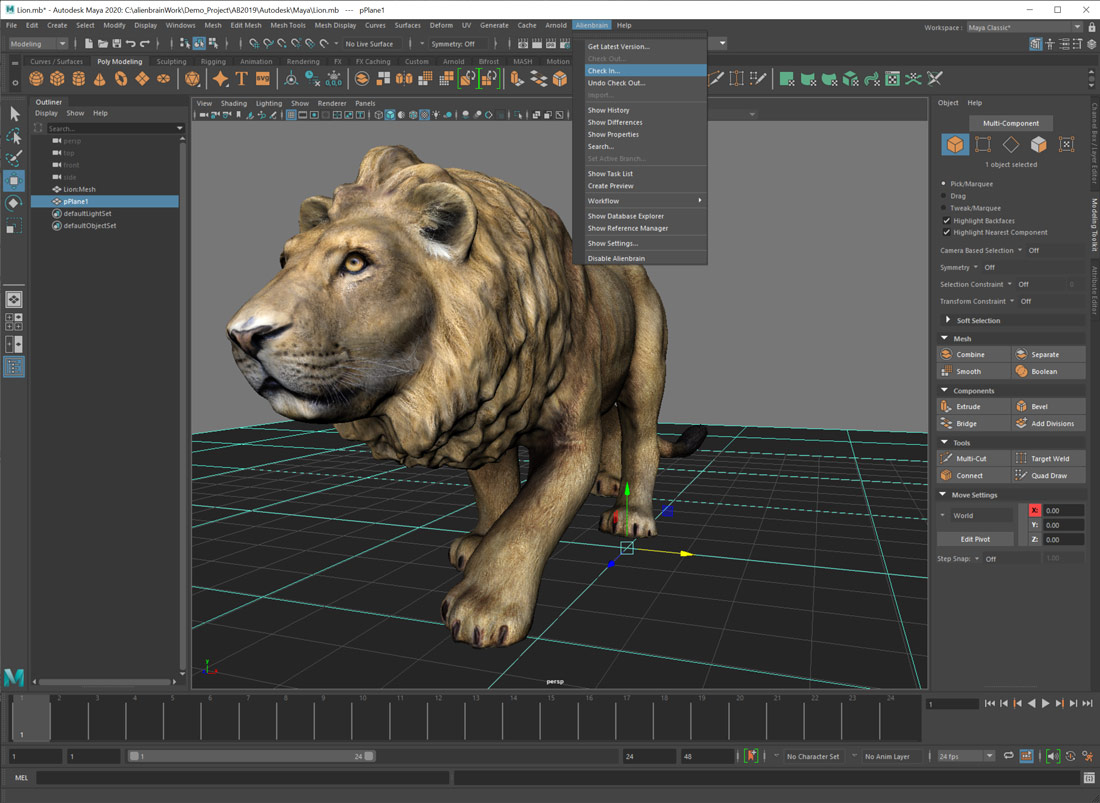
Reception Īnimator was considered to be groundbreaking in the field of computer animation when it was initially released. As of April 2014 most of the assembly language source code had been ported to platform-agnostic C code and SDL was used as the target back-end framework.

After some initial code review porting to modern platforms was started on GitHub. The original 256 color Animator version for DOS is also provided as a freeware download.

Jim Kent kept copyrights to the 300,000 lines source code base of Animator Pro, and allowed it to be made available publicly under the open-source BSD license in 2009.

The trademark for "Autodesk Animator", filed on December 18, 1989, expired on July 21, 1997. The 1995 released Animator Studio was a complete re-write for Windows 95, but was not anymore developed by the Yost Group.Įventually development of the product ended and support was discontinued by Autodesk. $800, significantly more expensive than the previous version, addressing the professional audience. In July 1991, the successor Animator Pro was released, with the significant improvement of allowing almost any resolution and color depth. Animator was then licensed to Autodesk, who published the software as Autodesk Animator.Īnimator was debuted at SIGGRAPH 1989, featuring a VGA graphics mode of 320×200 pixels with 256 colors. Jim Kent evolved in 1989 his software into Animator for Gary Yost's "Yost Group" for 80286 PCs with MS-DOS. Animator's combination of twenty tools multiplied by twenty inks, 3D 'optics,' unparalleled palette handling, custom fonts and many other useful features (such as its own internal scripting language POCO), put it many years ahead of better known animation tools of the time.Īnimator originates back to its author's Jim Kent earlier program Cyber Paint for the Atari ST. Unlike other DOS software from that time, Animator was not restricted by the 640 kilobyte conventional memory limitation as it utilized a DOS extender by Phar Lap. Animator was particular strong in Palette based editing, effects (like Color cycling) and animations a favored technology in the time of indexed CGA and VGA graphics modes. Animator and Animator Pro supported FLI and FLC animation file formats, while Animator Studio also supported the AVI format. Animator Studio also had tweening features (transforming one shape into another by letting the computer draw each in-between shape onto a separate frame). Functionality Īnimator gave the ability to do frame-by-frame animation (creating each frame as an individual picture, much like Traditional animation).

It was considered groundbreaking when initially released. Autodesk Animator is a 2D computer animation and painting program published in 1989 for MS-DOS.


 0 kommentar(er)
0 kommentar(er)
